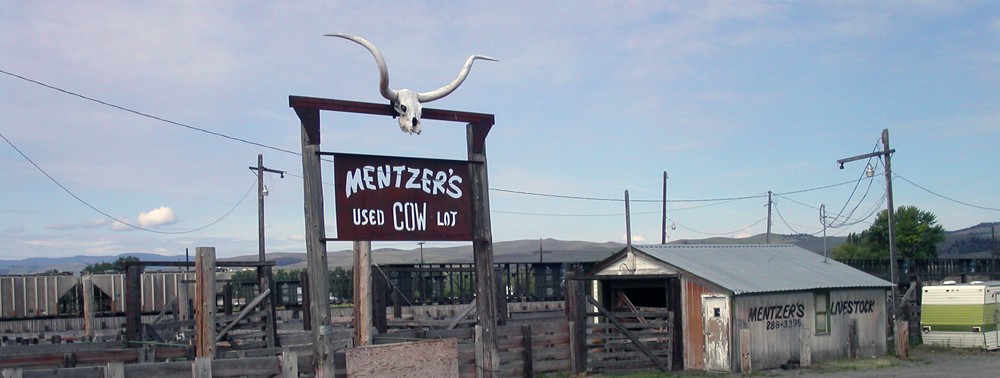I am catching a lot of flak over “blowing the lid off of Uncle Tom” as one colleague commented in an email earlier today. I suspect that I’ll be catching even more over the next week or so as various things work their ways through local newspapers. So why did I write what I did about the Josiah Henson Special Park (formerly known as Uncle Tom’s Cabin)?
Ever since Congress passed the National Historic Preservation Act in 1966, historic preservation has played a significant role in the regulation of land use. There have been local historic preservation laws in place since 1931 when Charleston, South Carolina, passed the nation’s first historic districts law. After Charleston, other cities and counties enacted laws to protect the historic places — usually buildings — thought to be significant. Despite these early efforts, historic preservation regulation didn’t mature until after 1966. Since then the federal government, through the National Park Service which administers the National Register of Historic Places, and the Advisory Council on Historic Preservation, has created a large historic preservation bureaucracy complete with standards for preservation and rehabilitation and professional qualifications standards. After 1966, many local government shaped their historic preservation regulatory regimes in the federal model using the Secretary of the Interior’s standards and National Register Criteria for Evaluation as foundations.
Historic preservation professionals have battled many stereotypes over the years: gray-haired little old ladies lying down in front of bulldozers; NIMBYs preventing economic development and progress; rich white folks collecting buildings by the neighborhood. Like all stereotypes, there are grains of truth to those applied to preservationists. Since historic preservation became a profession sheltering many disciplines — architectural history, archaeology, history, landscape architecture, folklore, and many others — its practitioners have sought legitimacy in communities and inside government agencies with missions like road building, war-making, energy generation and transmission, and urban redevelopment. Many of these missions contradict the most fundamentally held beliefs of many preservationists that the old can be economically viable alongside the new.
Part of achieving that legitimacy is adhering to basic rules of the game like consistently applying regulations and standards. Historic preservationists and citizens who live in communities with historic preservation laws should demand the highest standards in historical research. Research presented in support of historic designation that carries with it regulatory requirements for property owners who may not favor historic designation must be credible and defensible. Local governments, like Montgomery County, must ensure that when its Historic Preservation Commission recommends that a property be designated that the research underpinning that recommendation be verifiable by peer review. Simply surfing the online Washington Post historical newspaper archive and relying on imperfect oral tradition and local histories are not adequate and defensible research protocols, yet since 1978 when Montgomery County created its historic preservation program properties have been designated based on sources like these.
Historic preservation advocates and overworked and underfunded County historic preservation staff routinely take shortcuts that result in bad research and poor regulatory policy. In the case of the County’s purchase of the former Riley farm where Josiah Henson worked as a slave, precious public resources were spent on purchasing a property based in large part because oral tradition and County designation documents made a direct association with Henson and a surviving log building on the property known as “Uncle Tom’s Cabin.”
These aren’t anti-preservation statements; they are pro-preservation. By constantly pushing for higher standards and consistency, historic preservation advocates will gain currency with decision makers who will find fewer ways to question preservation’s legitimacy. Historic preservation authorities, like the Historic Preservation Commission, cannot and should not rubber stamp historic designations simply because the documents have lots of footnotes or have been submitted by respected professionals and local advocates. Each designation proposal should be read critically and carefully to ensure that the information is credible and defensible.
Shortlink for this post: https://wp.me/p1bnGQ-i8
